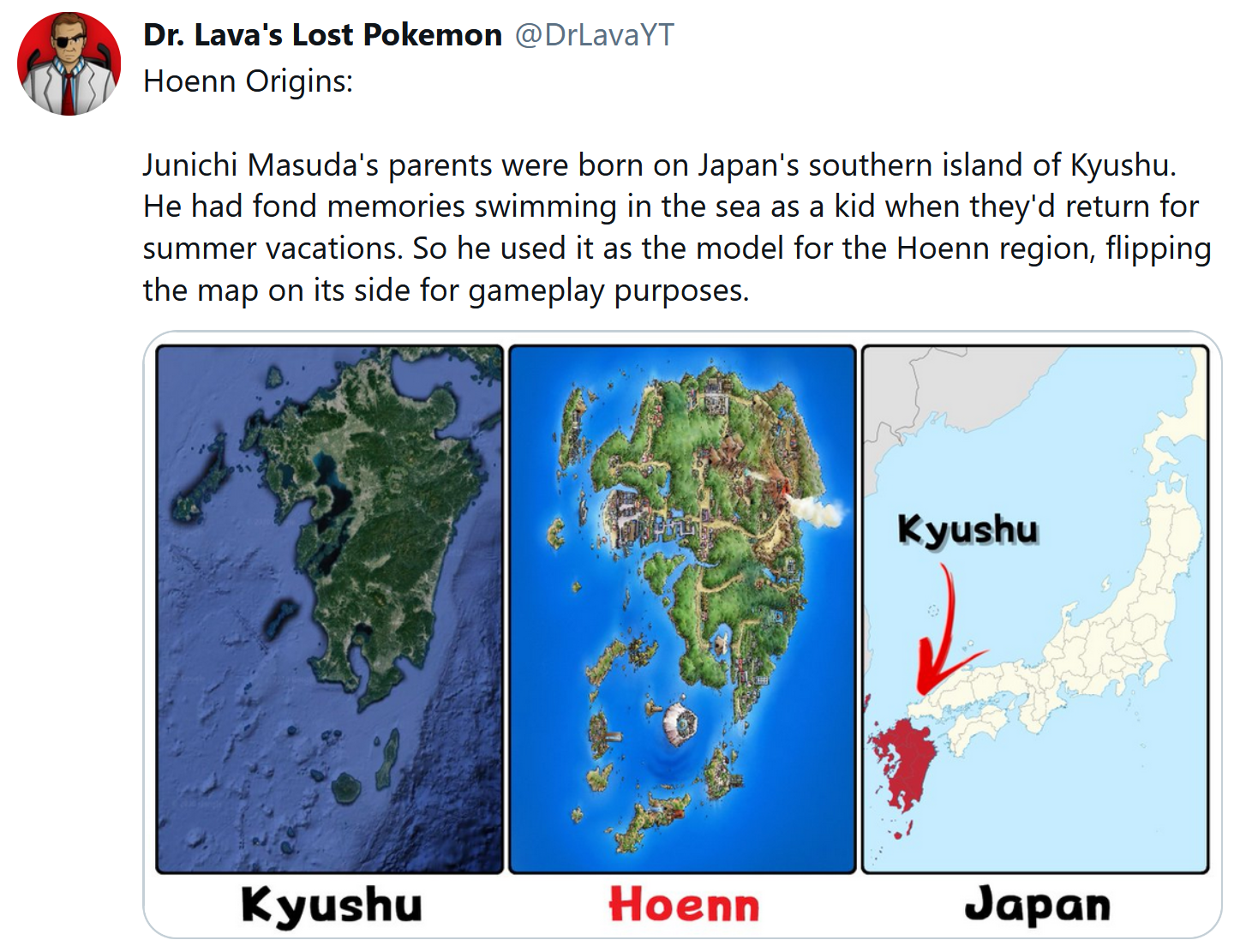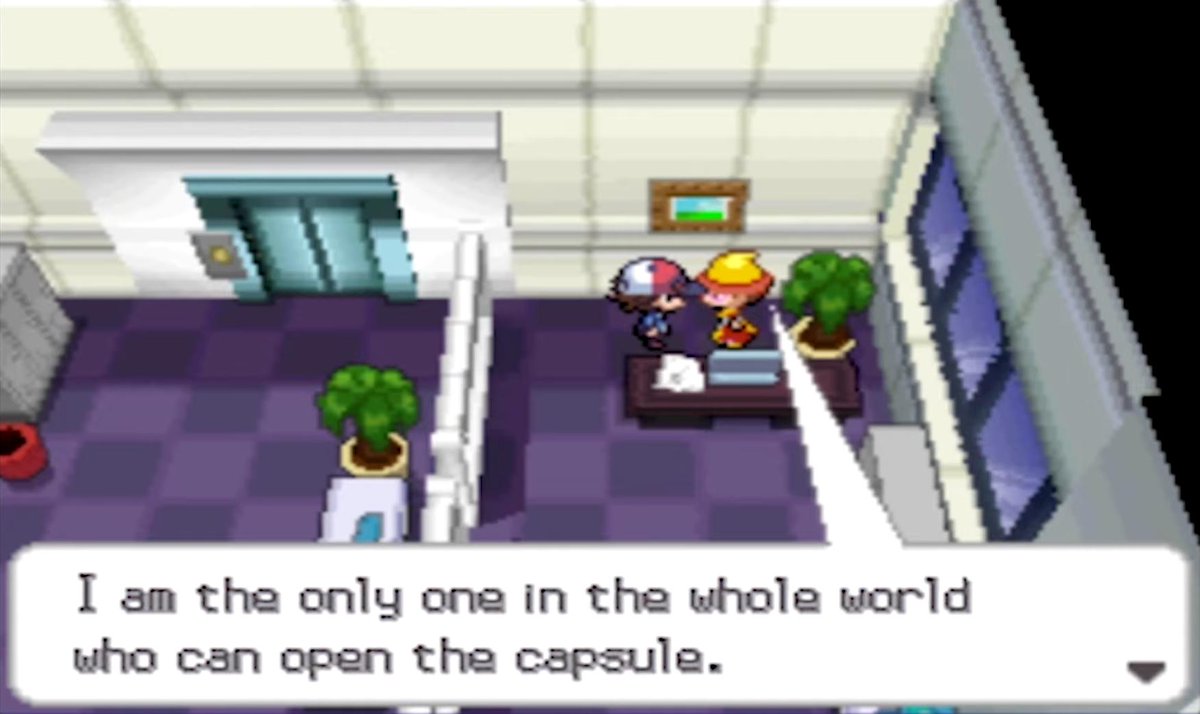
Interview: Masuda on Developing Gens 1-4
Special emphasis on developing Pokemon Platinum
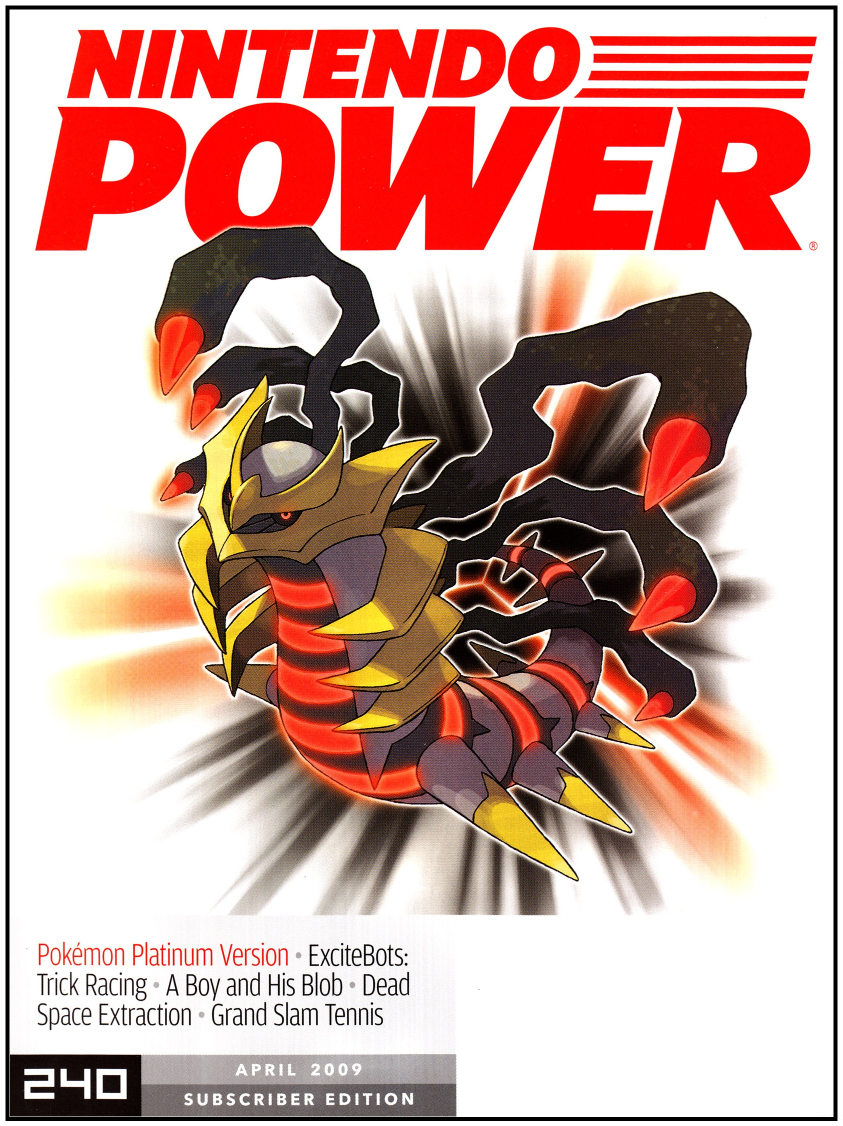
Written by Dr Lava • November 23, 2020
The following interview was published in the April 2009 issue of Nintendo Power magazine, arriving in subscribers’ mailboxes a few weeks before Pokemon Platinum released in the United States. The interviewees are Junichi Masuda, Diamond & Pearl’s director; and Takeshi Kawachimaru, Platinum’s director. Platinum was the first Pokemon game Kawachimaru ever directed, but it was also his last — he served smaller roles in future generations, mostly dealing with online features. So perhaps Game Freak wasn’t satisfied with his performance on Platinum.
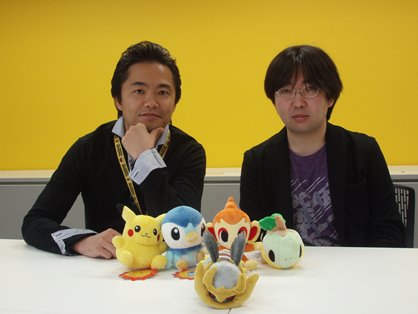
The purpose of this interview discussing Platinum’s development, but in the process, Masuda and Kawachimaru ended up discussing the franchise as a whole. Highlights include some glimpses behind-the-scenes, an explanation of the series’ musical inspirations, and how the Distortion World was conceptualized. They also provide some candid replies about the development process… maybe even a little too candid in some instances. For example, Masuda makes it clear his directorial focus is attracting new fans, even if it’s at the expense of satisfying the established fanbase.
I’ve added some of my own commentary to provide additional information and context — it’ll be clearly labeled so it’s clear who’s saying what. Okay, without further adieu, here’s the interview.
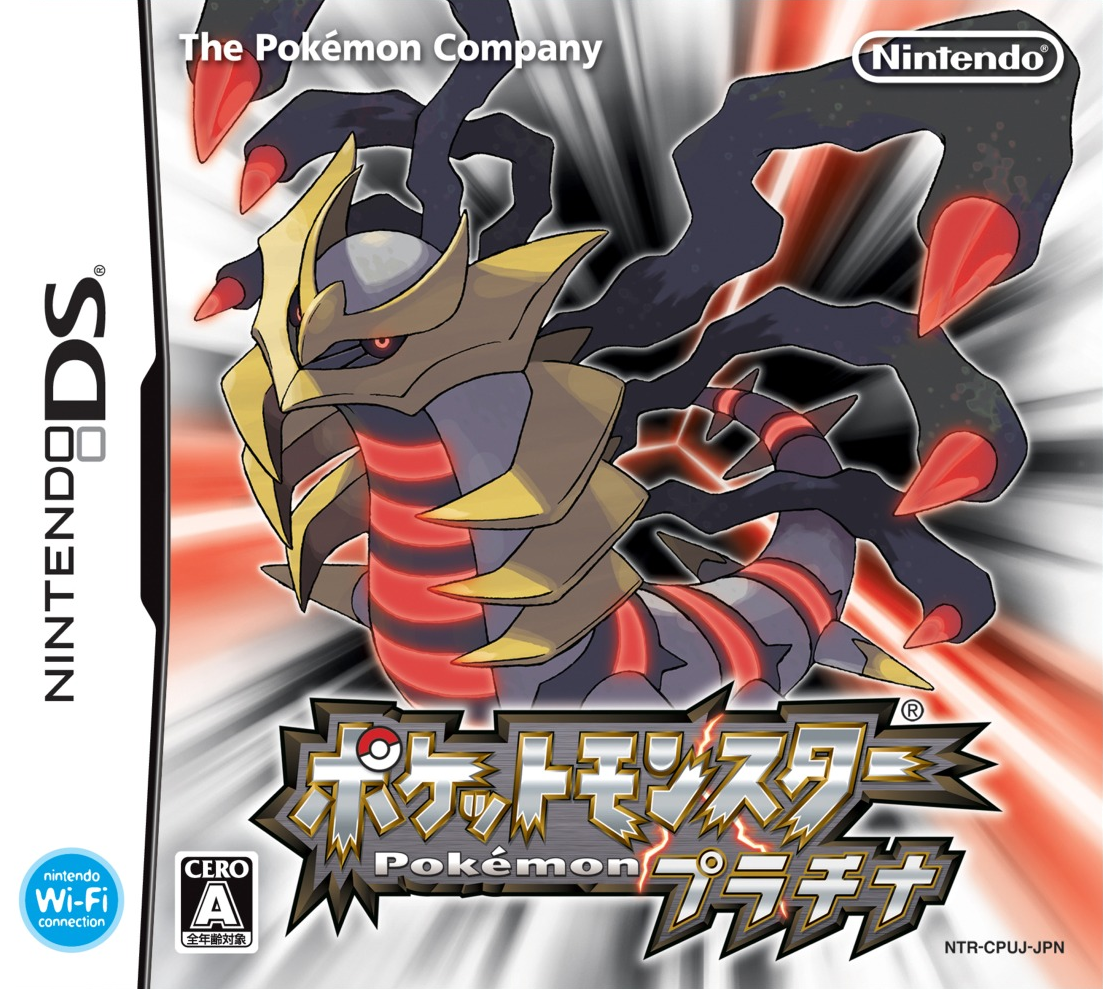
“How did you get your start working on video games?”
Masuda: “Ever since the time when games were first in arcades, I was interested in video games and their gameplay mechanism. By the time I was in high school, I went to the arcades on a daily basis. At one point I took an ordinary corporate job, but then I was approached by [Pokemon creator Satoshi] Tajiri to create a game called Mendel Palace and became a game music composer. I was 21 years old then. Because I had created games on PCs since high school and was able to understand the joy of game making, I told him, ‘I’ll gladly be taken into your care’ (laughs) and that’s when my hobby turned into a career.”
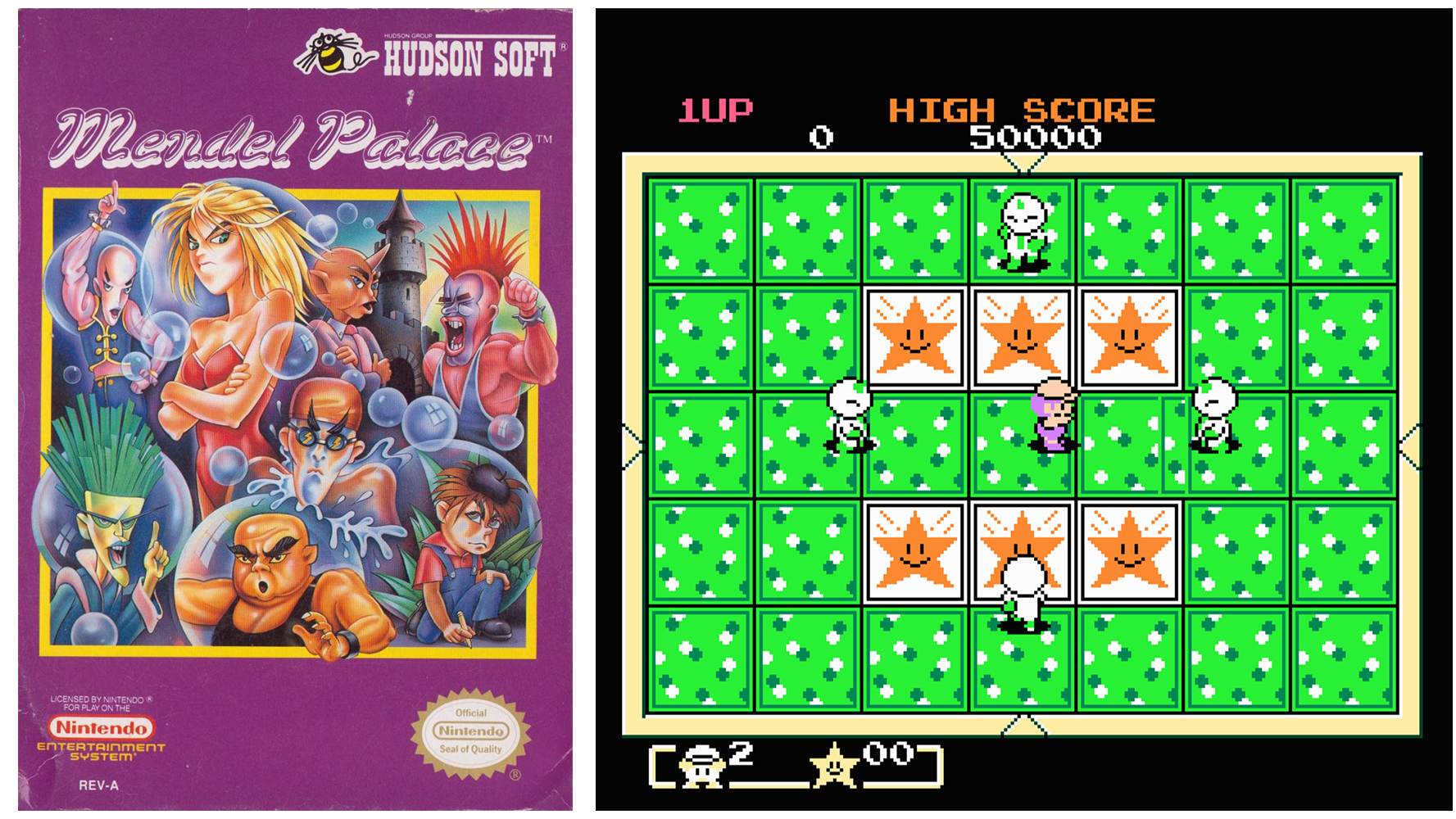
Kawachimaru: “My background is similar to Masuda’s. I’ve always loved games since I was little and I also started to go to arcades in high school. One big difference from Masuda is that he grew up in an inner-city area of Yokohama, but I grew up in the country side of Kyushu (including Fukuoka and Nagasaki prefectures). I never had a chance to meet any game developers, and I was about ready to give up and took another job that didn’t relate to game development. At that time, there was a convenient online message board called “PC Communication (PC Tsu-shin)”, where I got an opportunity to meet game developers. I saw a posting for a position, so I decided to apply for it as a last chance. I quit the job and moved out to Tokyo and eventually came to work for GAME FREAK, which wasn’t called GAME FREAK at the time. I was 24 years old.”
Dr Lava’s notes: Action-puzzler Mendel Palace was the first game Game Freak ever produced. It released under the title “Quinty” on the Famicom in 1989, then was localized as “Mendel Palace” when it released stateside on the NES one year later. At the time, Game Freak’s core developers were Satoshi Tajiri, the company’s founder; Ken Sugimori, who later became the Pokemon series’ art director; and Junichi Masuda, who composed and programmed for Gen 1, then became the series’ director.
Masuda grew up in Yokohama in the Kanto region, but his parents were originally from Kyushu, the real-world inspirations for the Pokemon games’ Kanto and Hoenn regions — which is no coincidence. Likewise, Tajiri grew up in the rural town of Machida, which served as inspiration for Pallet Town.
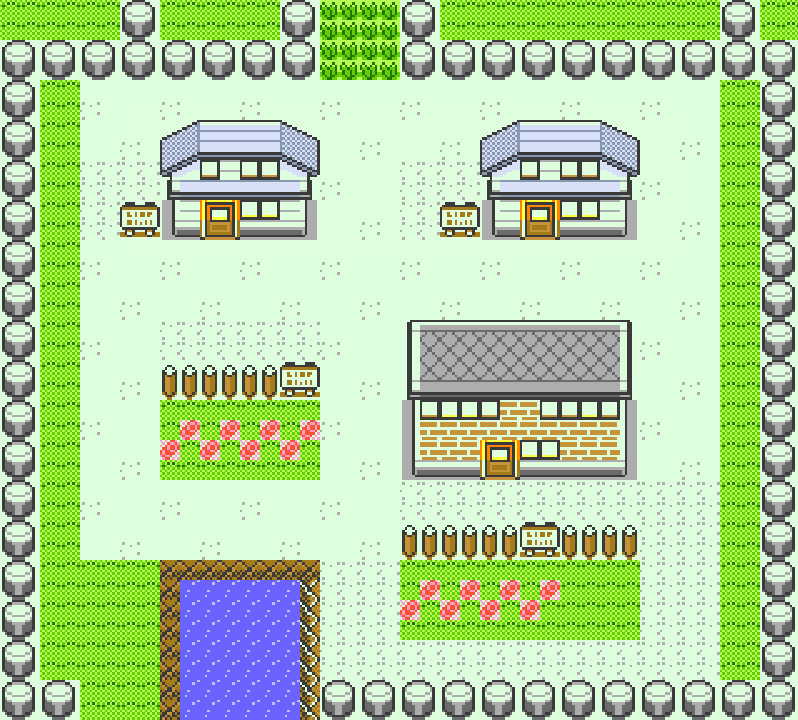
“How do people react when they learn that you work on Pokemon games?”
Masuda: “Kids in elementary school think it’s awesome. But middle school and high school students get embarrassed and run away right after shaking my hand (laughs). People close to me tend to say things like ‘Sounds like a lot of work.’ They say they have no idea what I am doing, but that I seem busy.
Kawachimaru: “I’m always surrounded by gamers, so everyone thinks it’s great. They are usually shocked at first because they think Pokemon is kids’ stuff and then they’re impressed afterwards when they realize how successful it is.”
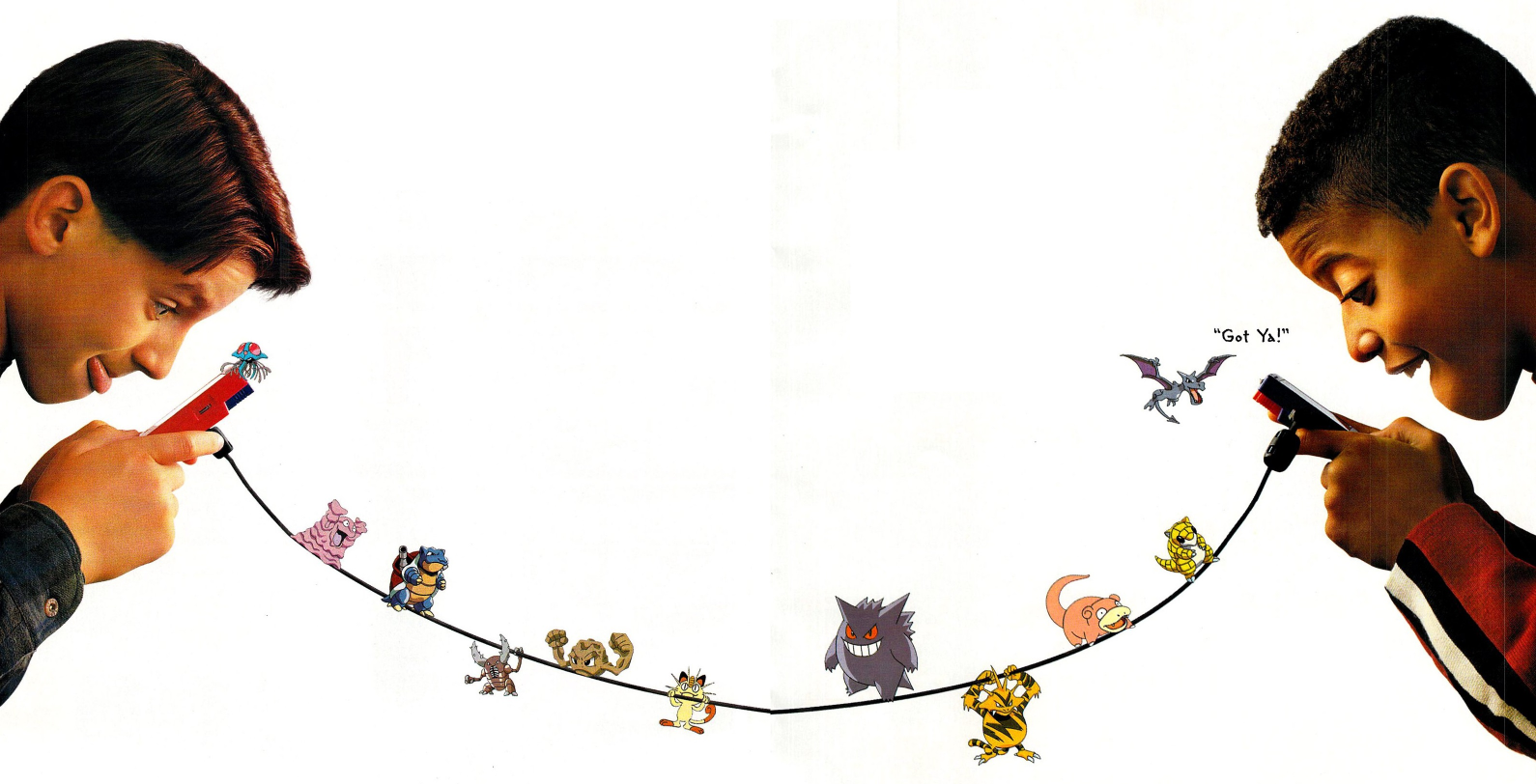
“How did you come to work on the original Pokemon games, and what was your first reaction when you learned of the Pokemon concepts?”
Masuda: “I developed a program we called ‘Sound Driver’ in order to play music and sound in the games, and also oversaw all the Pokemon voices and other sound effects. Soon after, I started to program the actual game as well. As for the concept, Tajiri asked ‘What if you could exchange creatures?’, and it sounded quite exciting. Back in the day, there were only games where you could battle against each other, so the concept of ‘trading’ was intriguing. At the time, trading was done by a link cable. The idea of transferring a creature through the cable cord was exciting, and it’s actually depicted in the game as well.”
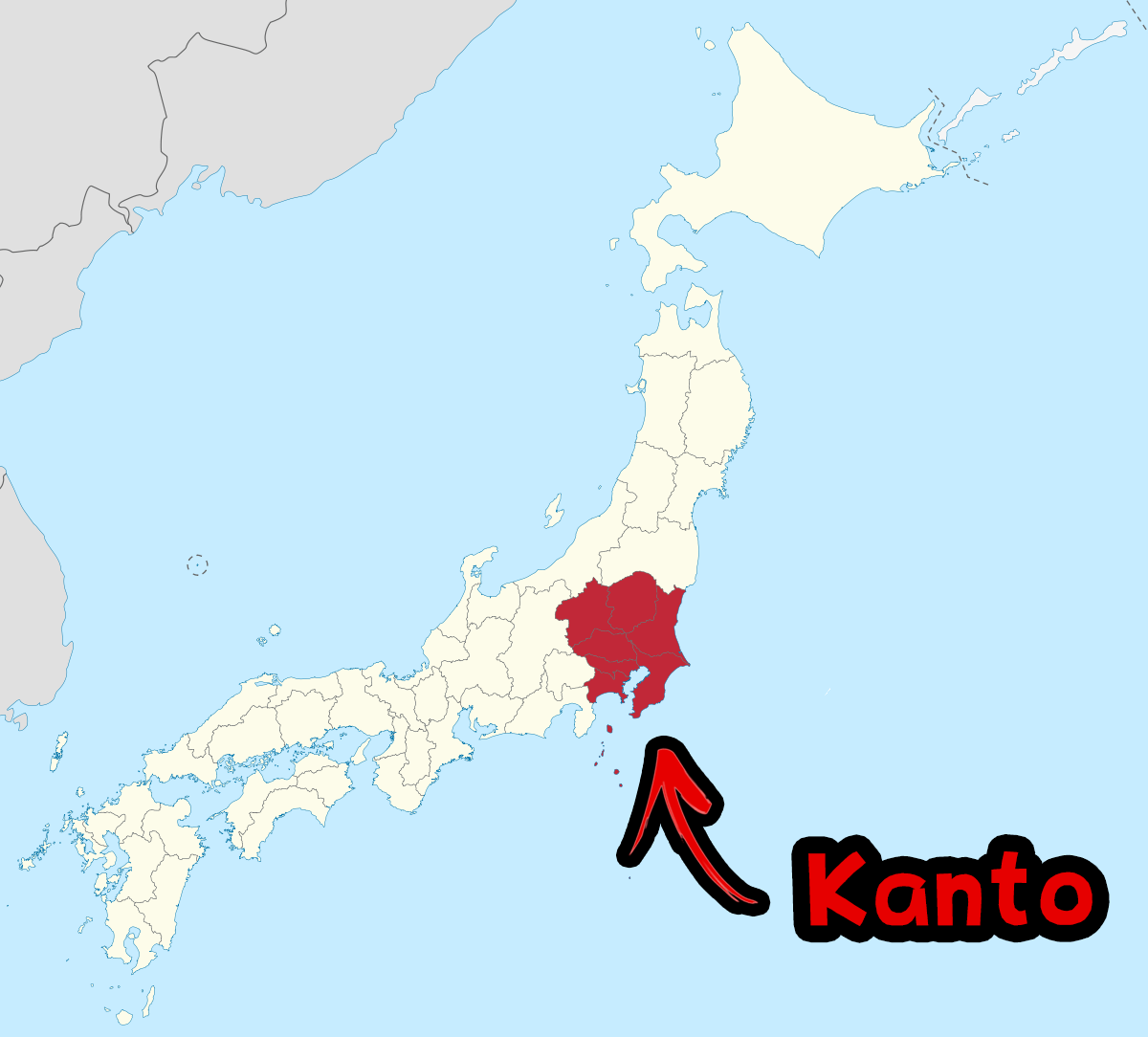
“How did you approach creating music for the series? Did you find that composing for handheld systems was limiting or inspiring?”
Masuda: “For the Kanto region in the original Red & Green, I wanted to leave the Asian feel to it. I’m a Kanto local. I also had classical music in mind. I felt the music should be unique but not too ‘orchestra,’ not too ‘pop,’ not too ‘Asian.’ I wanted to create a new world by incorporating all the elements of all types of music. As far as portable game devices went back then, you could only use three music scales and a sound effect. It was much more challenging — yet gratifying — to compose music. It was also much quicker to come up with music with these limitations (laughs). Now there are 10 types of music scales! When I tried to express the melody I wanted, the music [for a portable game system] couldn’t be composed on an instrument like a piano. I played around with the program in order to add a musical effect to the sound effects — for instance, by removing ‘static,’ I could create a unique sound. For example, I would create a shattering sound and make it sound interesting by repeating it several times, without separating all the instruments. I remembered to always come up with music that’s unique to video games in general. For this reason, there are many video game scores that can’t be written as traditional music notes.”
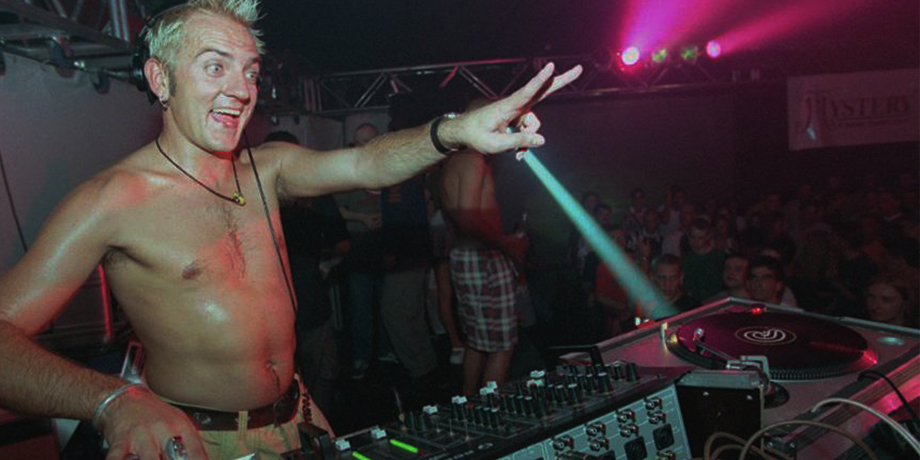
“What kinds of music do you enjoy listening to or performing, and have any music styles influenced your work on Pokemon?”
Masuda: “I usually listen to alternative and techno. I’ve been listening to import music — mostly from Europe — since middle school, so I hardly listen to Japanese music. I’m a techno lover at heart. I’m into German ‘drum n bass’ types.”
Kawachimaru: “When I go over to Masuda’s desk, I sometimes can hear ‘ntsk ntsk ntsk…’ [music thumping] from his earphones (laughs). In the office, we share our iTunes music and many songs that Masuda uploads are that kind of music.”
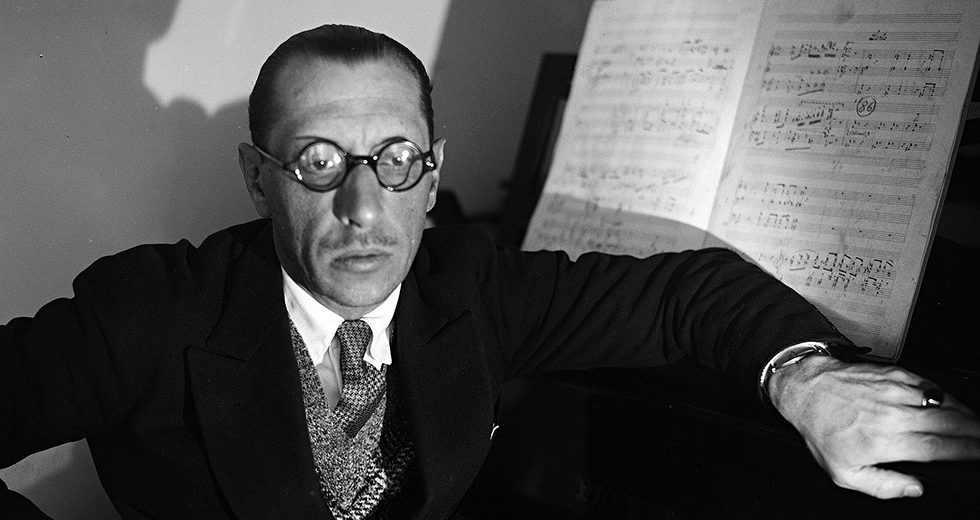
Masuda: “And I don’t really play any instruments. I played trombone in high school, but I gave up on piano. It was impossible (laughs). As for the style of music that inspires me, people have told me — and I think they’re right — that Stravinsky is my favorite classical music composer, and then Shostakovich, Hoist, and Ravel. I think some of the sound from these composers can be heard in my music, too. You might especially be able to hear Stravinsky and Hoist in the battle scenes. Adding beats or crashing sounds like Stravinsky and Hoist is difficult for video games, though you can still hear their influence in the rhythm.”
Dr Lava’s notes: Igor Stravinsky was a Russian composer most famous for “The Rite of Spring,” a piece of music so unnerving it caused a riot the first time it was performed, although details of the riot have been in dispute ever since. If you’re fan of classical music, I encourage you to listen to Stravinsky’s compositions — like Masuda said, you can hear its influence on Pokemon’s battle themes. If it wasn’t for Masuda’s love of Stravinsky — who performed and eventually died in New York — Gen 5’s Unova region might not have been based on New York… which would’ve made Unova and its Pokemon completely different. But that’s too long a story to cover here — but if you wanna hear it, check out this video I wrote about the history of Gen 5.
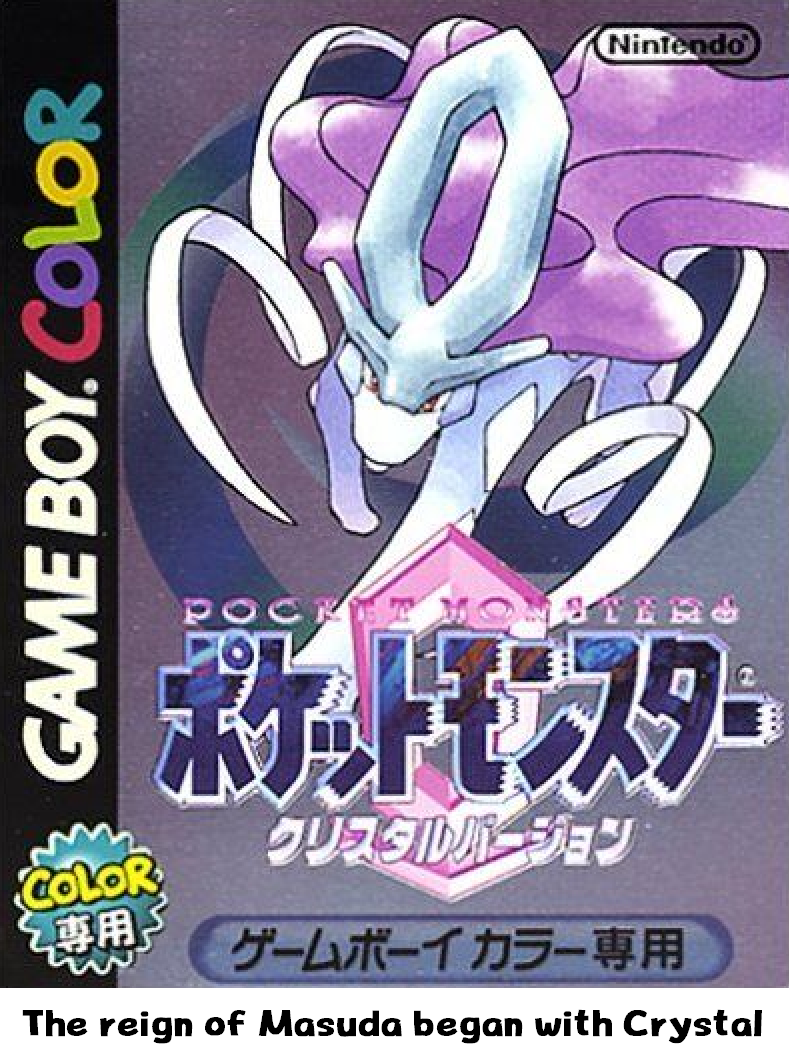
“Mr Masuda, what was it like to move from music composer to director of Pokemon Diamond & Pokemon Pearl?”
Masuda: “I became sub-director for Gold & Silver versions, and then director from Crystal version on. My perception completely changed, and I started to think about how to make the game more fun. In addition to that, I started to make more decisions. I started to have more conviction in what I expressed. I’m much more affirmative with what I like now, even though I expressed my opinions when I was only in charge of music (laughs). As far as the development goes, I think about the storyline, music, and the rest individually. I think I’m using different parts of my brain for each element.”
“What do you feel is the main theme, or ‘spirit,’ of the Pokemon series, and how did you embody this in both your music compositions and as a director?”
Masuda: “Overall, I wanted to depict an ideal world, which was peaceful with no environmental issues or racism. The relationship between human beings and Pokemon characters is much closer than the owner-pet relationship, which is what I envision to be the ideal relationship. I want everyone to feel something when interacting with this world. In Japan, people sometimes don’t give up their seats for the elderly on a train. I wanted to show a world of kindness. It’s not just about what’s good and what’s bad, I wanted to show that there are even better ways to act than normal. For instance, the Pokemon Celebi is said to only appear when you help nature to flourish in a forest in the Pokemon world. Another example I’ve imagined is despite the normal reputation that electronics like refrigerators and trucks damage the environment or waste energy, these devices would be something closer to nature in the Pokemon world.”
“When you first began work on Pokemon Diamond & Pokemon Pearl, what were your main goals? What do you think were the key elements to those games?”
Masuda: “I decided that ‘ultimate’ was the theme in the beginning. I set myself a task to pursue what was the ‘ultimate’ for Pokemon games, and started to act on this theme when making the games. When I asked myself what is ‘ultimate,’ I immediately knew I wanted to improve the level of communication, which is a core element of Pokemon games. In the games, players receive the Pokedex and start collecting Pokemon, which you need to do in order to trade with others. At the time of Ruby & Sapphire, people could trade their Pokemon with someone close by, but not with anyone overseas. I really wanted to do something about this. And that’s why I came up with the Global Trade Station (GTS). That’s what my goal was in the beginning — to create a user network. I want users to be able to connect to the world. That’s the ultimate style of trading for Pokemon. That was the goal. The key element was to create the storyline around the Pokemon in Sinnoh mythology. The relationship between all these Pokemon is the key element. I wanted to express the importance of the balance between substance — Dialga, the ruler of Time, and Palkia, the ruler of Space — and spirit — Uxie, Mesprit, Azelf. If the substance becomes too large, the balance of the spirit collapses. I wanted Dialga and Palkia to become counterparts for a sense of balance. Infinite time and infinite space — that to me is the ‘ultimate.'”

“As the series progresses, how do you manage to keep the games accessible to new users while also appealing to core Pokemon fans?”
Masuda: “As an RPG, the beginning of the game is designed for new users so it’s easy for anyone to understand and play. At the same time, it attracts our core fans because although it may seem random, the battle system has deep elements due to the complex parameters for battling. We care most about the new user. Will they understand how to step out of the house? So, a message appears as you approach the steps, and the shape of the dirt in front of your house is indented to indicate that you are supposed to walk into it. Messages automatically appear as you approach signs. Things that fans are already familiar with can be confusing to the new users, so we need to make sure that the game is inclusive for everyone.”
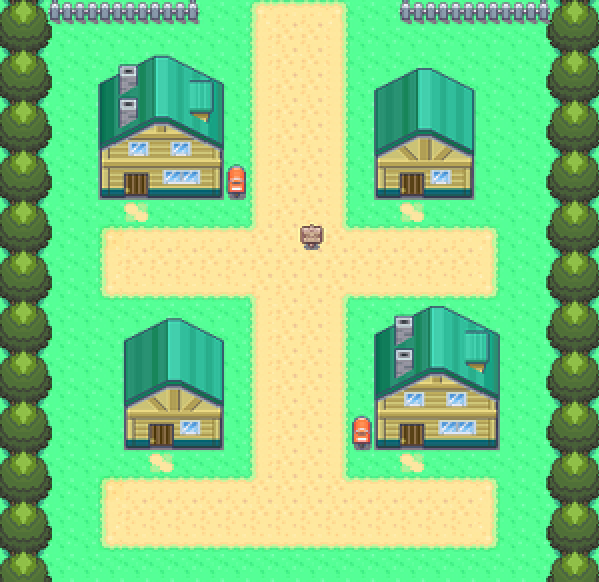
Kawachimaru: “One of the key ideas that I value is the sense of ‘play control’ in the game. Through the game screens and game buttons, I pay attention to how I can feel that I’m doing something in the Pokemon world. It should be instinctive. It should show how easily you can get into the game. If you’re a huge Pokemon fan, you’ll be willing to get into the world more and more, so I think that’s where the hook is. So for example, when you stored your Pokemon in the PC in the Ruby & Sapphire versions, we wanted to make it so that you could literally pull out your Pokemon and store them in a box, thinking that it would help by visualizing your Pokemon being organized in a box.”
Masuda: “I reboot my mind for every single game. I get back in touch with the elementary school student mentality, and I realize I can’t carry on with any complex gameplay anymore. It’s really important to remember how it feels to be a new user.”
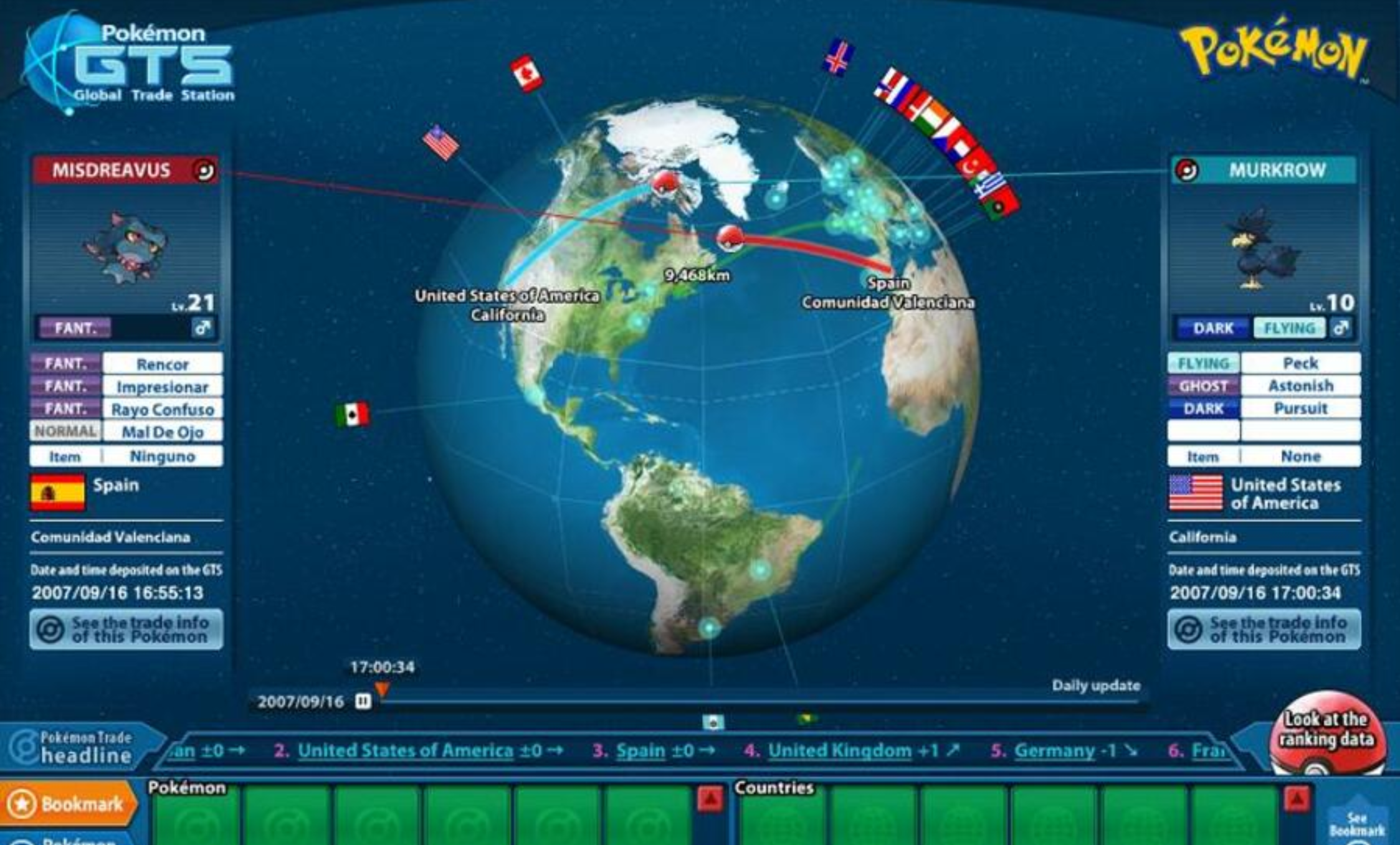
“Thanks to the Wi-Fi capabilities introduced in Pokemon Diamond & Pokemon Pearl, an amazing community has sprung up around those games. Has anything surprised you with regards to how players use the online functionality?”
Masuda: “The result is as we planned.”
Kawachimaru: “As we expected (laughs).”
Masuda: “You know the GTS site? I thought it was incredible when I saw people in Finland and Northern Europe trading Pokemon on the site. If you go to Europe, you may not see people actually playing the game in the public. But on the internet, you know for sure that people in Europe are actually interacting and exchanging Pokemon. I find that awesome. That’s why I really want it to evolve more. I will make it happen (laughs)!”
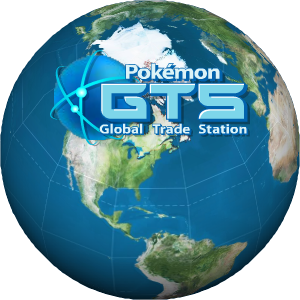
Kawachimaru: “I think things are going in the direction I want them to.”
Masuda: “I was really worried whether people were actually going to use it.”
Kawachimaru: “Posting Pokemon for free [on the GTS] was a risky concept. At first we thought we should give out something in return for posting. It turns out we didn’t even have to bother, as a lot of people ended up posting their Pokemon on the GTS. I was pleasantly surprised by that.”

“Do you ever have time to compete online yourself? If so, which Pokemon do you use?”
Masuda: “Yes, I have. With Dialga or Palkia just like everyone else. I think I had the three starter Pokemon. I can’t remember the opponent’s name unfortunately. Mostly, I battle while developing the game.”
Kawachimaru: “I too play a lot during the game development.”
Masuda: “I’m fully focused when I’m battling. After that, I go back to my natural state and feel at ease.”
Kawachimaru: “I play with my colleagues mostly since I battle like crazy while we are developing.”
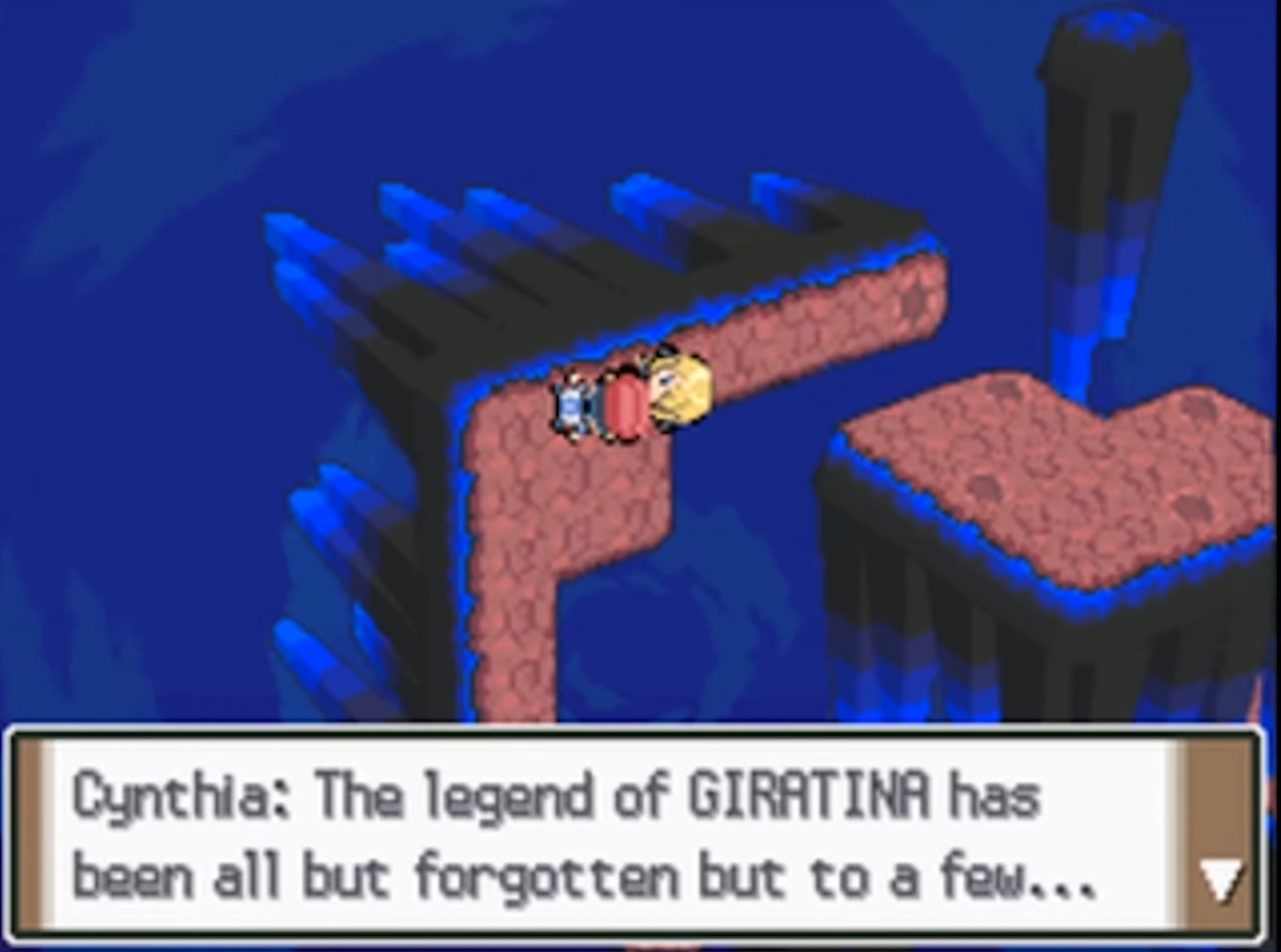
“Pokemon Platinum appears to add some significant new features. What new aspects of the game do you think are the most exciting?”
Kawachimaru: “What’s most exciting is the new Battle Video feature. This is a function I personally wanted. I’ve always wanted to know how other people play the games, because my blood burns with excitement when I watch that. Other than that, the Battle Frontier, which was also in Emerald, is something I focused on. It’s significant in that two players can play at the facilities. The Pokemon series has been around for more than 10 years, so the first generation of fans is starting to become parents. It’s becoming common for parents to play Pokemon with their children, so we included the feature for children and their fathers or mothers to pair up and challenge the Battle Frontier as a team. When I actually tested it out, it was a lot more entertaining than I thought… There are so many other elements I want to talk about (laughs). The Distortion World was tough to create. It’s visually radical, too.”
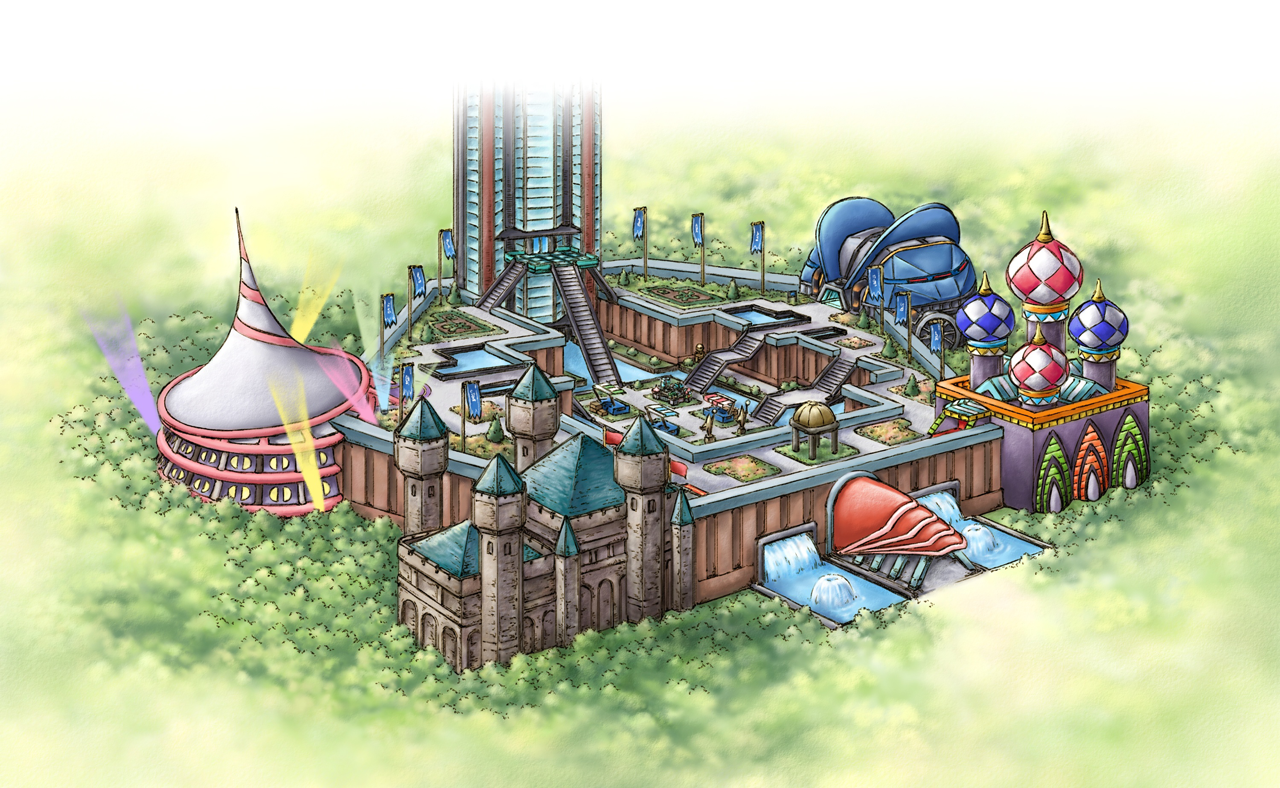
“Are there new battle aspects to Pokemon Platinum that top competitive players should be sure to take note of?”
Kawachimaru: “You now can challenge the Battle Frontier and try to achieve new heights. The Battle Frontier was in Emerald but this one is different with new rules. I want everyone to play Platinum and try to break the Battle Tower record. I think Battle Frontier is the final destination after all. “

“Did you have the ideas for Pokemon Platinum in mind while working on Pokemon Diamond & Pokemon Pearl, or did they come about later?”
Masuda: “While developing Diamond & Pearl, Giratina originally embodied the idea of an ‘antiworld,’ which is a paradox of Time and Space. It exists in relation to Dialga and Palkia. That’s what I had in mind when I was developing Diamond & Pearl.”
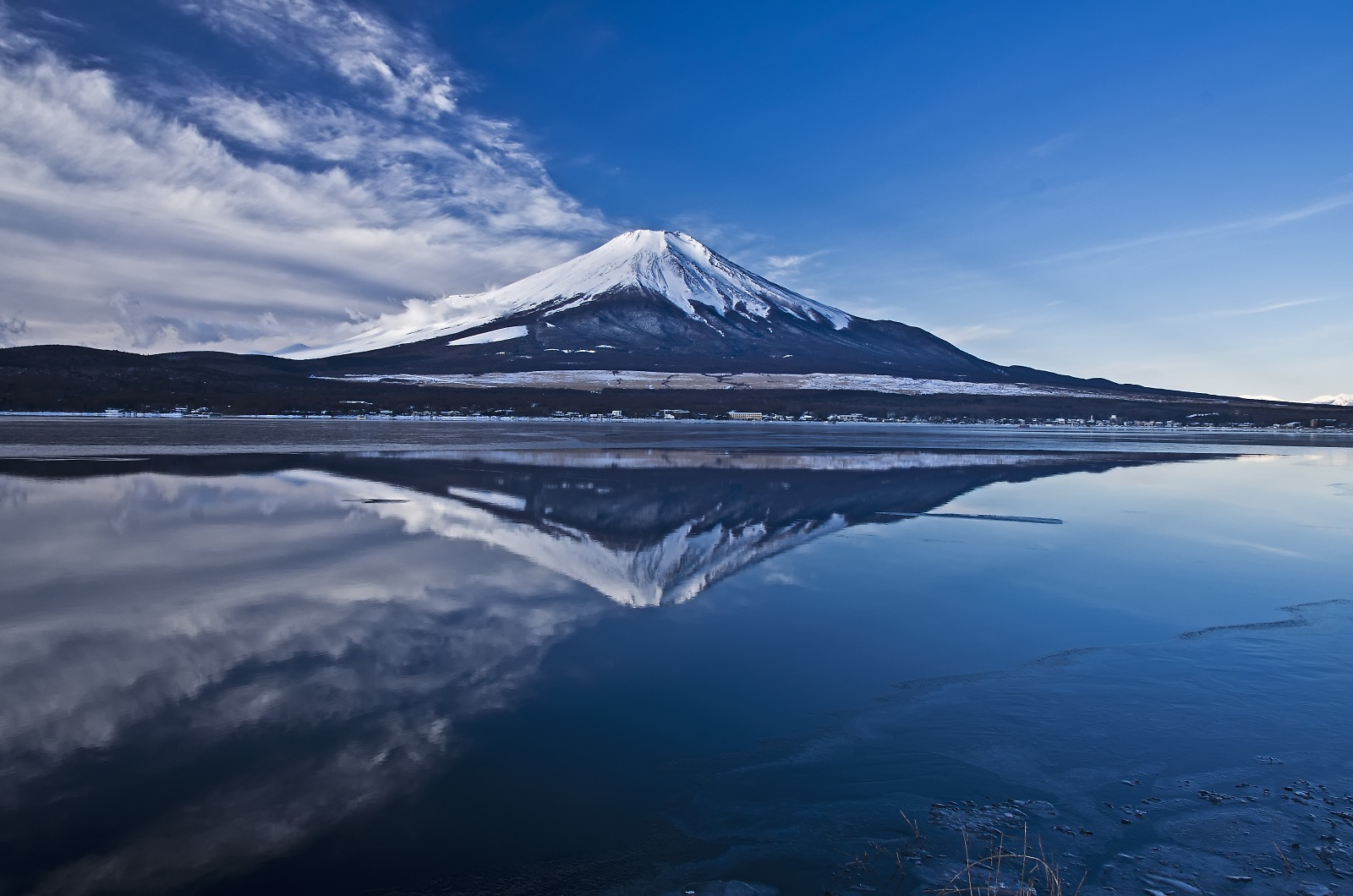
Kawachimaru: “I was not aware of any of that during the Diamond & Pearl’s development. Masuda told me about it when we started developing Platinum. So it was after Diamond & Pearl for me (laughs). I normally receive key terms from Masuda in the first stage of development, but there were many random terms like ‘antimatter’ and ‘e=mc2,’ ‘Reversed Mt. Fuji’ (‘Sakasa Fuji’) and so on. He explained that ‘Sakasa Fuji’ is the reflection of Mt Fuji on the lake, and it’s the antimatter world. It was challenging to put that concept into the game, so we did extensive research. I didn’t know what exactly ‘antimatter’ was either. I personally think I comprehend it well, but I wonder….
Masuda: “Yes. It exists but it actually doesn’t. It doesn’t exist but it does. That sort of thing. The mountain exists on the lake through human eyes, but it’s only a reflection and doesn’t exist. It’s a diverse world. You see it only because you are looking at it with your eyes. I’m impressed [with Kawachimaru] for being able to take ingredients that were not substantial and incorporate them into Platinum.”

“With so many passionate fans to please with each new installment, does the development team feel a lot of pressure when working on new Pokemon titles?”
Masuda: “I personally didn’t feel any pressure at the time of Ruby & Sapphire. I did with Platinum though. During the Ruby & Sapphire period, Pokemon’s popularity had slowed down a little, and people were concerned. I wanted to prove them wrong. Then Ruby & Sapphire were a success so there were higher expectations for Platinum. I can only focus on the quality of each individual game and be content with what we accomplish, but you also can’t avoid the question about the sales numbers. As a developer, I want more people to play the game, but the more games that are sold, the more concerned I become about whether everyone is playing the game without any problems. I do wonder if the new users will play a Pokemon game, or if they’ll buy another game. I don’t feel as pressured about the existing fans — I feel as though I simply hand them what we just came up with for them to check out (laughs).”
Kawachimaru: “I actually didn’t feel pressured at all about creating Platinum or how it would be received. But as I mentioned earlier, I was concerned about whether or not GTS would take off and be utilized. I was confident with what we created but there would have been no point to have GTS unless people actually participated and posted Pokemon. I handle anything related to communication, so the Mystery Gift that was distributed a few months after the release was another pressure I felt. I was uncertain until I confirmed that it was a success. Rather than feeling obligated to entertain people, I was presenting ideas like, ‘wouldn’t it be fun if we make it this way?’ I have to be confident in my ideas and that’s why I didn’t feel as pressured.”

Masuda: “I occasionally hear film directors say that their fear is that no one will be in line on opening day. I relate to that, and I get concerned if there will be a line on the release date. It’s the same for every title release. Basically a million people start to debug the game once it gets sold, so we need to make sure to be ready for any bugs that will be found by the users. I also want to further understand the US and European users, and make it more entertaining for them.”
Doctor Lava’s notes: Masuda’s controversial strategy of focusing on attracting new fans at the expense of series veterans hasn’t earned him a lot of love in recent years. Dissatisfaction with Masuda’s directorship gradually increased over the generations, finally coming to a head in the Let’s Go Pikachu era. Many longtime fans weren’t happy that so many classic features were cut from Let’s Go — for example, the lack of a breeding mechanic. One month before the games’ release, Masuda addressed the controversy by saying: “I know that a lot of people and fans have spent a lot of time hatching eggs, they’ve hatched… a lot of eggs, but we want them to kind of discover new ways to enjoy Pokémon games, you know I’d be really sad to think that for them, Pokémon is hatching eggs, so with this one we’re trying to show them a different side of the game.” Fans slammed Masuda for his perceived condescension and being “out of touch” — that was the point when backlash reached its climax, and two weeks later Masuda announced he’d no longer serve as the series’ director. Nowadays he’s much less hands-on with the franchise, serving instead as one of several producers.
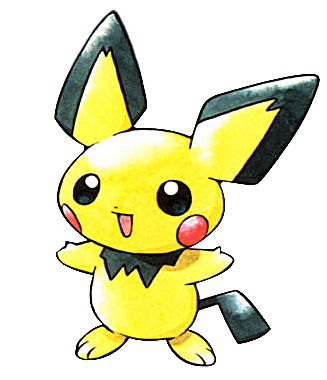
“Do you have a favorite Pokemon?”
Masuda: “Pichu. It’s the Pokemon Ken Sugimori came up with when we were trying to figure out who would be the ‘next’ Pikachu, so the character was strategically thought out. It clicked in my mind when Pichu was created and we strategically came up with the idea of the Pichu Bros.”
Kawachimaru: “You also like hot new singers who can’t sing well but are overly promoted on TV.”
Masuda: “Yes I do (laughs). The singer actually has to sing badly. I like artists with marketing strategies.”
Dr Lava’s notes: The idea of “the next Pikachu” obviously continued into future generations — Plusle, Minun, Pachirisu, Emolga, etc. Interestingly, Game Freak almost made White Pichu a special event Pokemon for HeartGold & SoulSilver, but ended up replacing it with Spiky-eared Pichu. You can read that full story here.
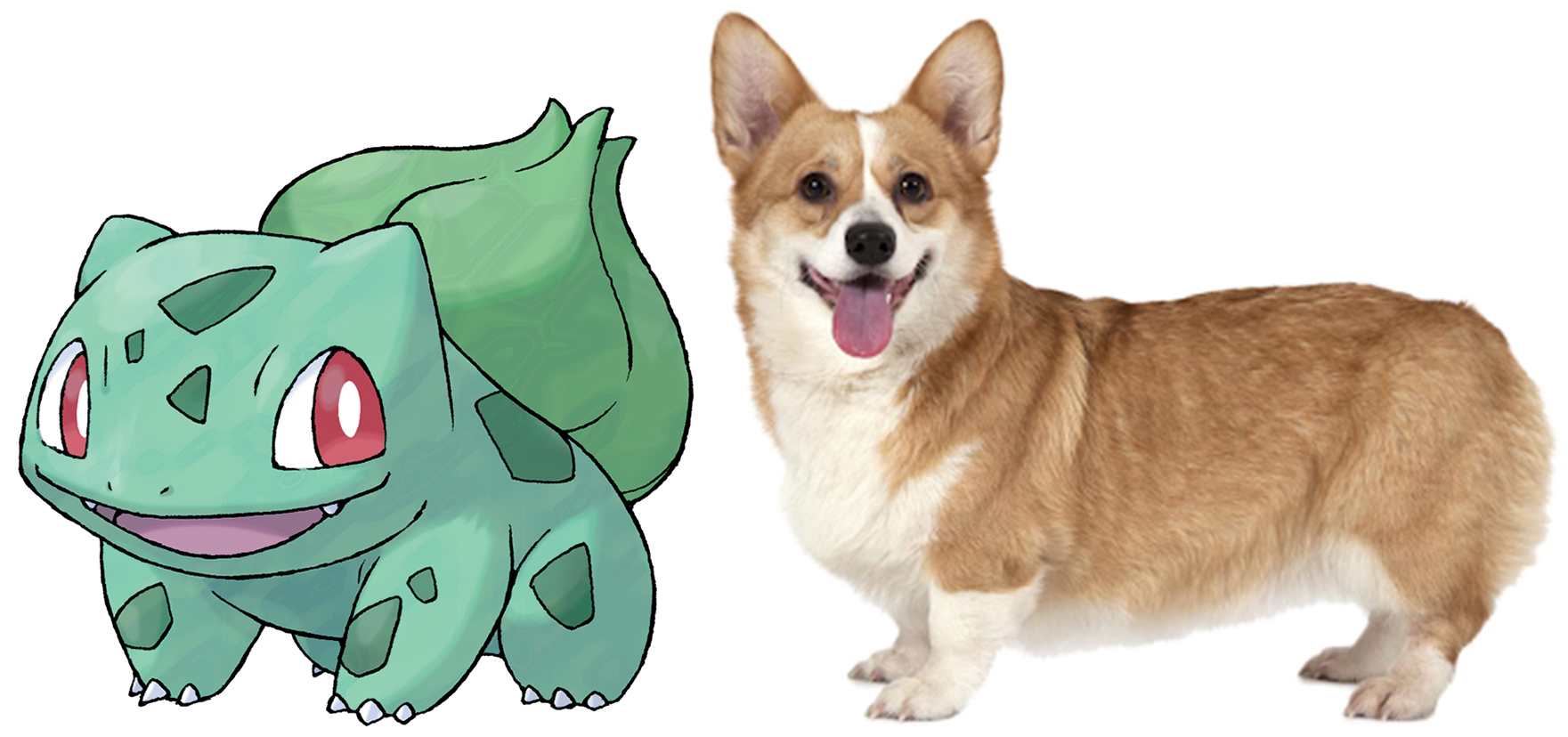
Kawachimaru: “I like Bulbasaur. Before I started to work for GAME FREAK, I purchased Pokemon Green Version and I chose it as my starter. It was love at first sight. It’s four-legged and stubby. It’s the same for dogs. I like Corgis because of their stubby legs.”
“With any Pokemon game, I imagine that creating new Pokemon character designs must be a long and challenging process. What qualities do the developers look for in new Pokemon while narrowing down the final roster?”
Masuda: “I look at the type of the character and its overall characteristics — what its appeal is, if it’s an endearing character…. I obviously check the features but I feel the ones that convey their habitat and lifestyle are the most appealing. I think it’s important that you get a good idea of what type of Pokemon they are without looking them up in the Pokedex. None of the characters initially have names so it’s important to be very descriptive to visualize what they are. So with Pikachu it would be, ‘it’s yellow, it has a tail in a shape of lightning bolt, and it’s an electric mouse,’ so it’s easy to assume that it will have Electric-type moves; it probably gets struck by lightning. I think about where they live and what they eat. I focus on whether or not the character evokes its lifestyle. If it has a mouth, it probably eats, if it has eyes, it can look at something, if it has a nose, it can smell things. I believe it is important to be able to conjure up an image of creatures that are very close to real ones.”

“Why do you think that the Pokemon series continues to receive so much fan support and enthusiasm after more than a decade since its introduction?”
Kawachimaru: “Perhaps because there is no other game to replace it. There are many games that are similar, but as far as Pokemon goes, I think there is no other game that could replace it — there is something about a Pokemon game that uniquely identifies it as a Pokemon game.”
Masuda: “Because we are so dedicated in developing the game, it’s quite deep. And because it’s deep, you can look at it in different ways with different perspectives. All the elements, including Pokedex descriptions and Pokemon types, continue to be interesting and fun. Other than that, perhaps it’s because you can battle and trade with the next version that comes out that makes it so appealing. They are all connected. For instance you can bring your Pokemon from Diamond & Pearl to Platinum, or you could insert the Ruby & Sapphire cartridges at the dual slot of the DS. I think that type of mechanism is what’s appealing.”
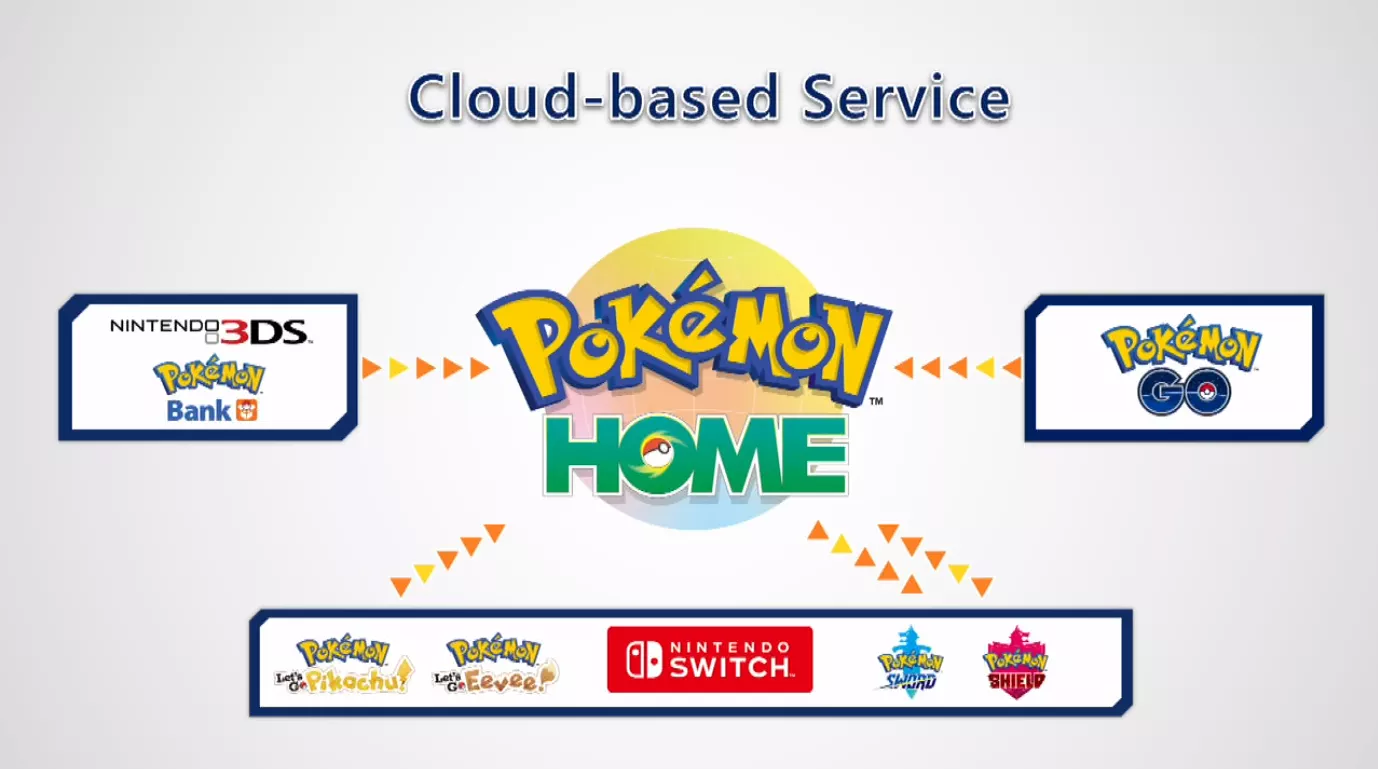
“In general terms, what do you think will be the key to ensuring that the Pokemon series continues to excite and engage its millions of fans for years to come?”
Masuda: “I think it’s the core element of Pokemon, which is trading and bringing your Pokemon from previous games to each new one. The feeling of connecting different ‘generations’ and ‘expansions’ — namely compatibility with previous games — is important.
Kawachimaru: “Also, interactions between players using Pokemon as a medium. There was trading [through a link cable] in the beginning, and now we can trade with a Wi-Fi Connection. How much we evolve this trading method is the key.”
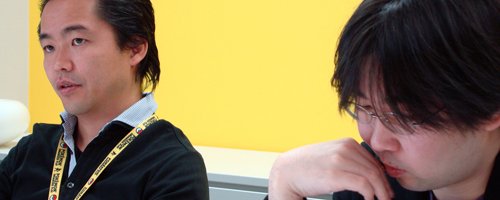
“Finally, is there anything else that you would like to say to our readers about Pokemon Platinum?”
Masuda: “It’s got all the core elements of the Pokemon games — we want everyone to experience an excitement that you never have before.”
Kawachimaru: “Check out the new functionality to play with your friends.”
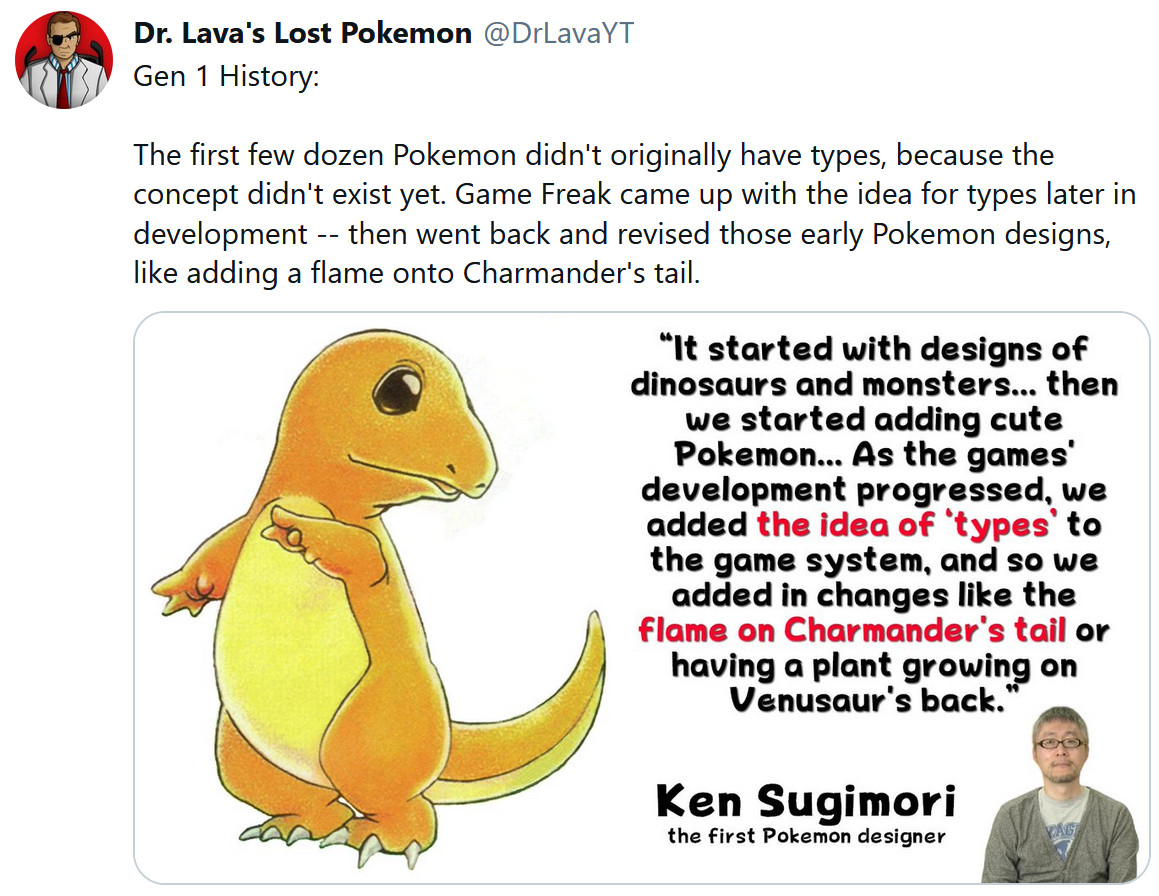
Closing Comments
And that concludes this developer interview. If you’d like to read more Pokemon interviews preserved on this site, visit the homepage or check out a few suggested interviews linked below. And if you’d like a daily dose of Pokemon history in bite-sized chunks, follow me on Twitter or Instagram. Thanks for reading.
Read More Pokemon History:
• Translation: Sugimori Explains Gen 5 Pokemon Design Origins
• Translation: 90’s Pokemon Anime Was Written Under the Influence
• Leak: Controversy Surrounding Gen 1 Beta Sprite Leak
Videos About Pokemon History:
• Translation: Sugimori Explains Gen 5 Beta Pokemon
• Cut Content: Gen 4 and 5’s Scrapped Lock Capsule Event
• Cut Content: Gen 4’s Internal Data and Cut Content
